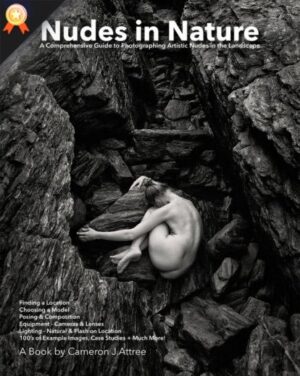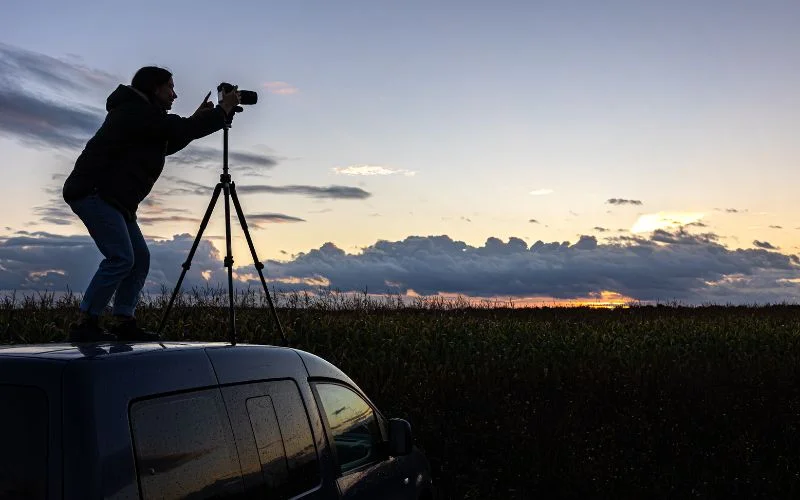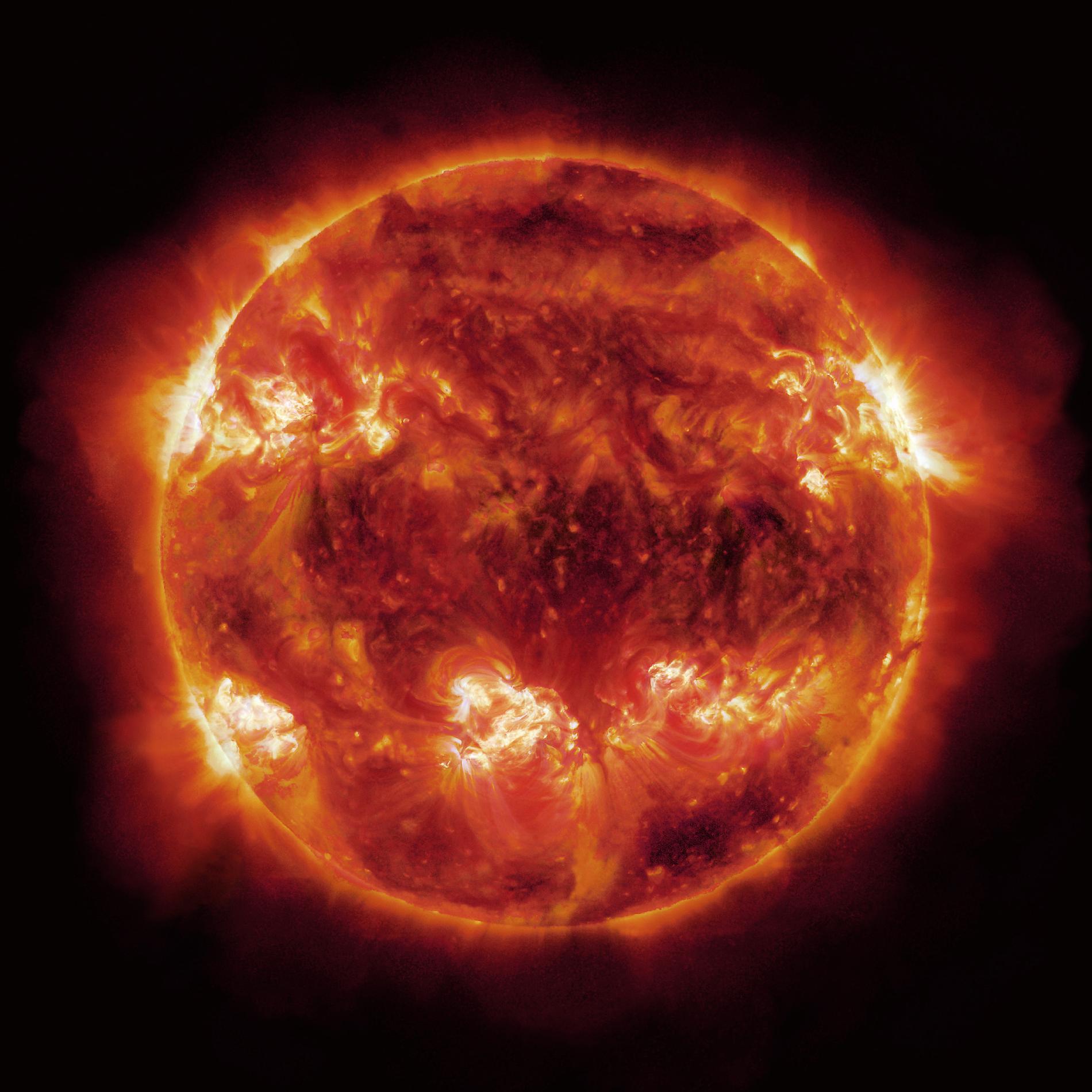
“Then felt I like some watcher of the skies / When a new planet swims into his ken.”
I walked to the edge of Los Angeles one night. I was alone. It was winter and one of my last times there. I went to record the sounds of the ocean so that I wouldn’t be without them. It was cold. Like the stars, city-light only warms you when you’re close. I thought then of a distant star — so far away enough you’re unseen. I stood above an inscrutable darkness, an abyss of ocean inches from my feet.
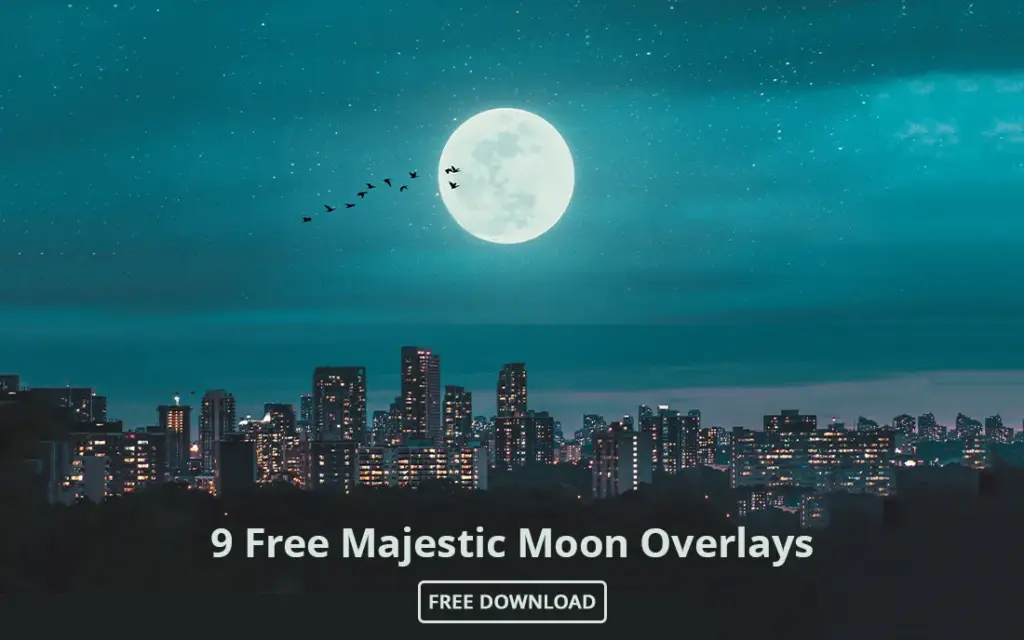
The night and the ocean and the stars. That moment I could have died and forever been happy. I let something inside me soar. I couldn’t make sense of it. I thought: Yes, I am small, I am brief. I thought of smaller things. An insect crushed against the stars. Better yet: If I am nothing, I am infinite. The ocean kept roaring its lullaby. I could have fallen in love. I faced the night and looked up.
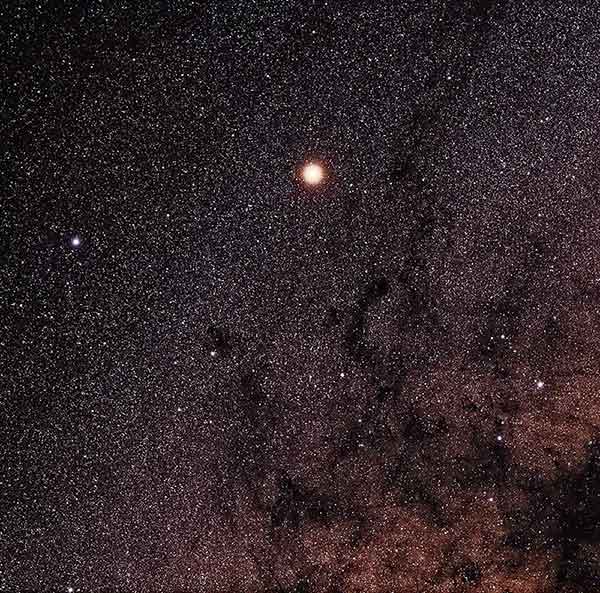
A great circle of stars. If I am nothing, I am infinite. I’m not the first person to think that nothing and infinity are the same. Borges said we inherited this idea to help us reconcile a great truth that extends far beyond our reach. I faced the stars. My whole life I’ve tried to understand their mystery. But what if the universe’s mystery isn’t what I see up there?
In time, the equation of the universe will be solved. What about us? I’ve felt truths that have seized me up, made me scream. I’ve yelled, cried. But I’m always the one feeling it all, not the universe, not the stars. What if I’ve been looking at it the wrong way? No one knows whether what we see is fantastic or reality. I said to myself that night, We are the universe’s greatest mystery. The universe’s final and only mystery is us.
Anyway, I don’t have to say how much I love Michael Benson’s work. I might have already reached too far. So let’s just talk about the things themselves, as Michael Benson would say. These photographs were pulled together from NASA and ESA space probes. They are composites of two or more black-and-white images that have been mosaicked through Michael Benson’s own computer work.
Again, they are pictures of how we see the universe, not the universe itself. The photos, the things themselves, show our reach. What I see in them is a hunger for beauty in an infinity of space. A challenge against what Borges would call neverness. That’s the greatest mystery. No matter how violent and strange the universe, at the heart of us is beauty.
MUSIC: I’ve linked a song to the Interstellar soundtrack at the bottom of this interview. It is imperative that you play it. If you don’t, you won’t get the full effect. And nobody wants that do they?
In this interview, Michael Benson write us answers that I could have only dreamed for. In fact, there is poetry! Picasso is also mentioned. And there is a bunch of great words on photography, beauty, and — above all — space-time.
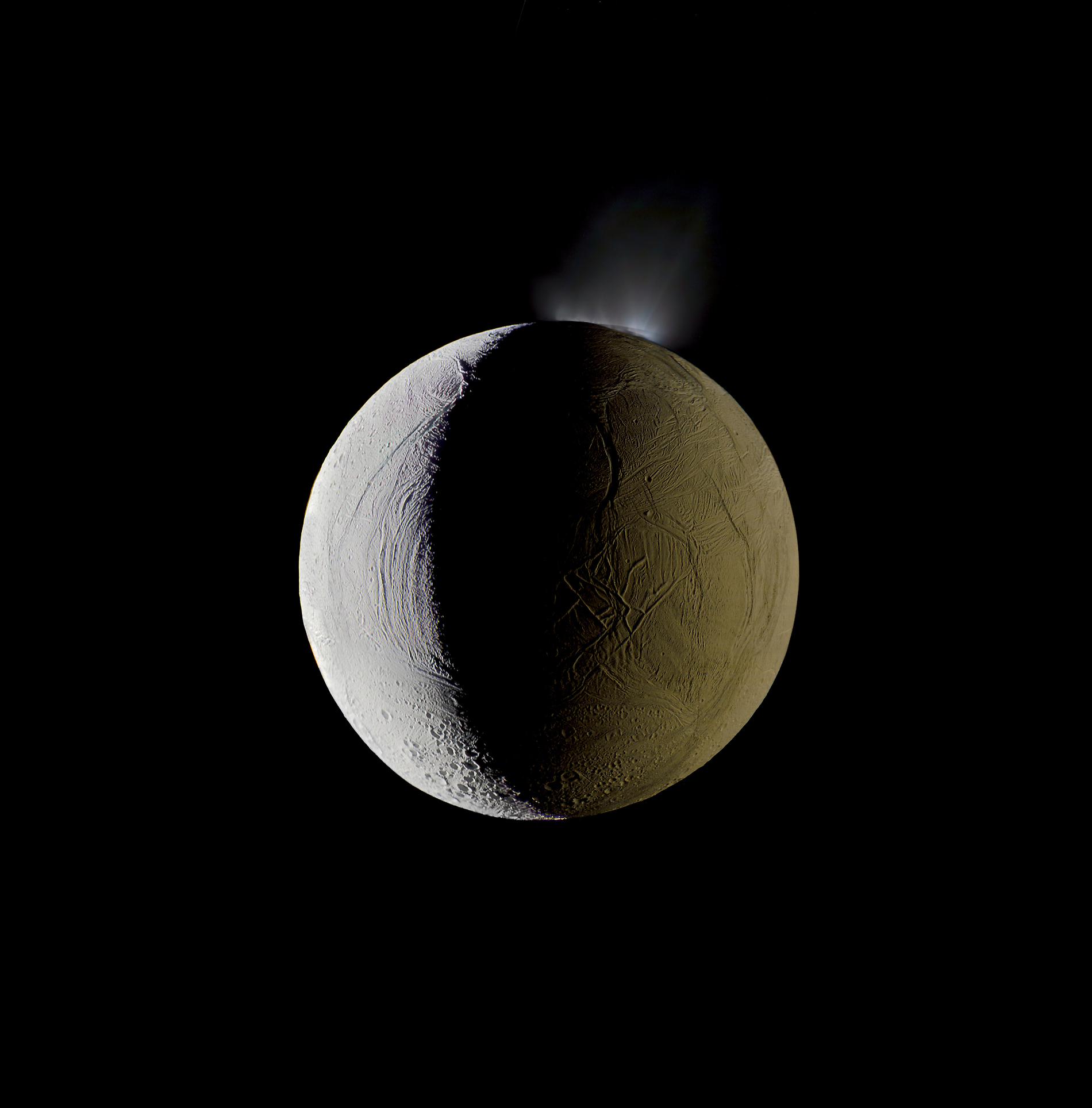
It’s hard not to get into a little existential fit while looking at your images, especially if you happen to be listening to Hans Zimmer’s Interstellar soundtrack, as I was doing while writing these questions. But let’s start. How did you get your start with photography? How would you describe your work?
I’ve been a committed photographer since my early to mid teens, and I must have shot four or five hundred rolls before even hitting high school. (Yes, we’re talking actual rolls of film here…) Then I “minored” in photography in college (whatever that means; I was an English major), and learned how to use a darkroom – albeit black and white only – and, among other things, did freelance photojournalistic work in what was then called the USSR in the mid 80s. I was also a feature writer, and wrote for Rolling Stone and Interview and other publications, usually with my own images in the mix. After that I went to NYU graduate film school and learned how to direct, but that was still all about conveying stories using photography, of course.
As to how I would describe my work, I essentially choose the medium that best suits the idea, and that medium could be just text, or text and image, or just image, or film, or eventually object as well. Also, I take the image-based book very seriously as a platform to convey pictorial and textual ideas. In other words, the image-based book isn’t necessarily a documentary of something else, something outside the book, but rather it can be the thing itself that counts. (Or, I should say, it’s always the thing itself, at least for me.) Further, a book is a kind of film, just as a film is a kind of book, one that unfolds across time with a given structure. And I don’t see much distinction between documentary and dramatic feature filmmaking; documentaries can be highly nuanced works of art, whatever their ostensible subject. (Again, the thing itself, rather than its subject.)
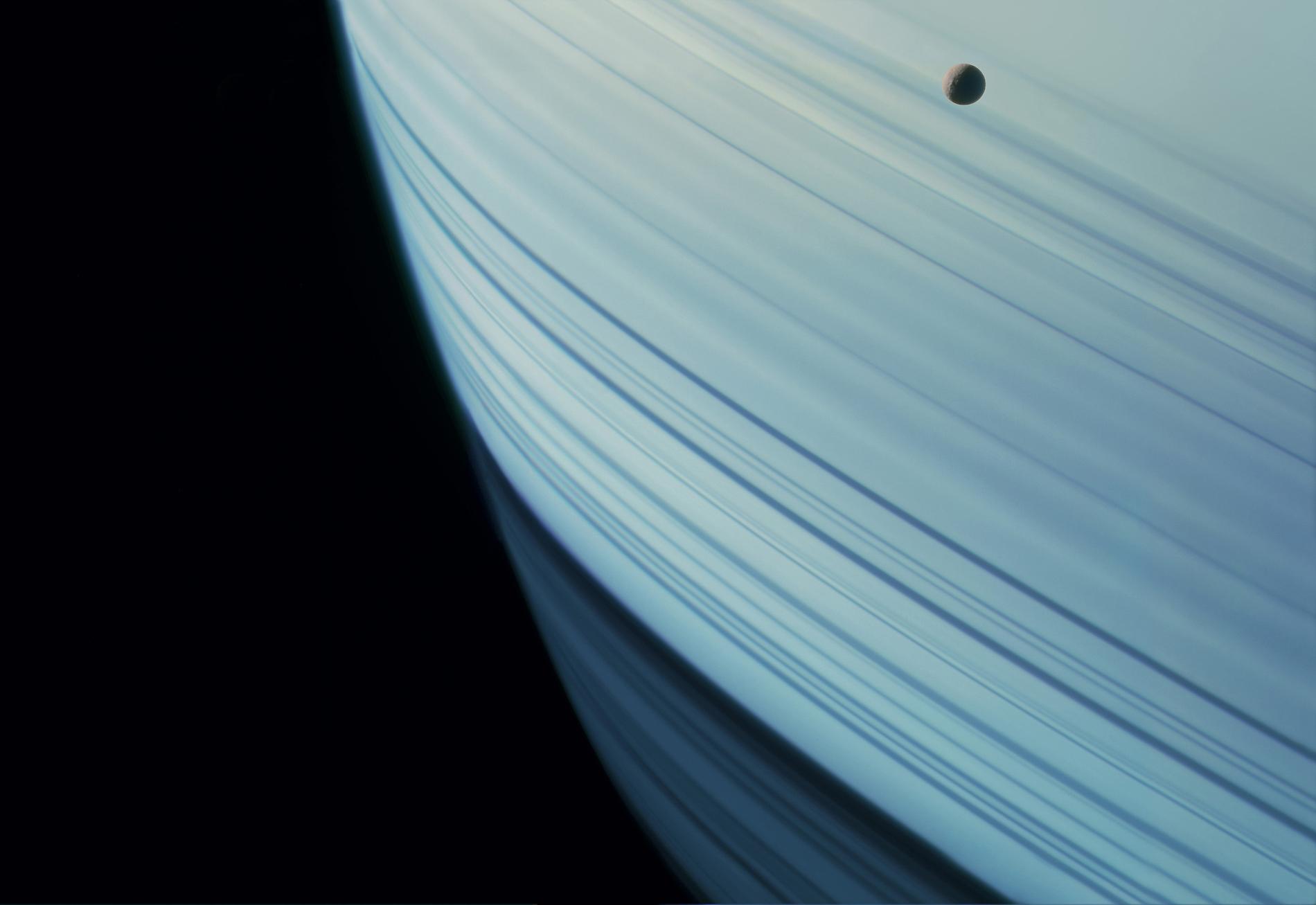
Over the last decade or more, my work has been all about the conjunction of science and art. So, for example, I’ve been making the case that, apart from its scientific significance, the visual legacy of over fifty years of robotic exploration of the solar system constitutes an important chapter in the history of photography. Which in turn allows an investigation into what you might call its existential significance, let’s say, which is the traditional domain of art. Of course, it’s both, art and science, and that’s part of the point. Photography itself has been the result of centuries of research into the mechanisms of perception, and of optics, and so forth. So even the medium of its conveyance is a fusion of art and science. I suppose all of that makes it very much of its time, given the hyper-technologized world we inhabit.
My latest project is titled Nanocosmos. I’m using a SEM, or scanning electron microscope, to examine natural design at sub-millimeter scales. It’s pretty incredible stuff, or at least, I’m amazed by the power of the instrument to peer into microns-sized intricacy. Last summer, I spent six weeks simply moving around, within, and essentially surveying a two-centimeter-wide sample stub in the vacuum chamber of the SEM at the Center for Bits and Atoms (this is at the MIT Media Lab, where I’m a “visiting scholar” these days). On top of the stub was a sprinkling of radiolarian skeletons—the highly complex, architectonic silica remains of single-celled marine organisms. Anyway, there must have been twenty-five or so of them on that single stub, and I roamed among them for weeks using that electron beam, feeling kind of like a tourist in Monument Valley.
Next time I’ll play a little “Interstellar” soundtrack as I do that. Though, I was disappointed by the film. But that, as they say, is a different story.
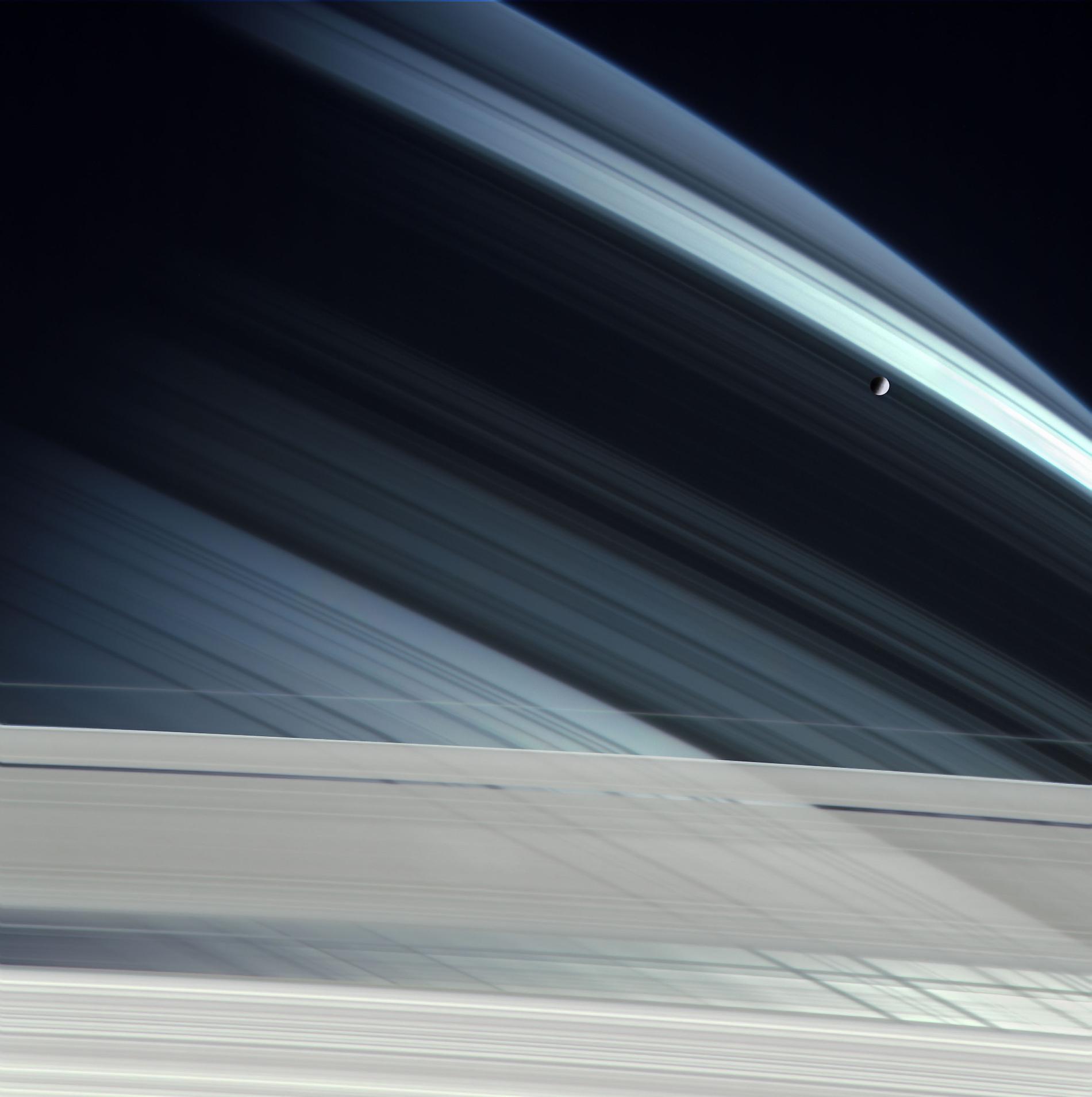
When did your curiosity about space-time merge with your photographic pursuits? How did that first happen?
Well, one story I’ve told before is that my mind was blown at the age of six when my mom took me to see “2001: A Space Odyssey”, in 1968, the year it came out. I remember following her down Broadway afterward—you know, with that “Star Child” sequence still vividly in my mind—wailing, “But what did it mean?” To which she replied, to her credit, “I don’t know!” Now, I mention that story here in response to your question because effectively my curiosity about space-time and my very awareness of photographic pursuits (because apart from everything else, “2001” remains about as astonishing an example of photographic pursuits as you could ever come across) all started at the same time and place, and that was with Kubrick’s masterpiece. They were all implicated with each other.
Then much later, in the late 1990s, after a lot of different photography-based projects, I was kind of stymied in my pursuit of a second feature-length documentary, a global road move titled More Places Forever. I had part of it shot, the rest was stalled, and I had run out of money. It was the early days of the Internet, and as a kind of diversion from my film troubles I started to use it to go on what were in effect self-directed voyages of space exploration, by using the images that NASA was already then putting on the web. At first I looked at their official releases, then eventually I discovered archives of raw image data—places accessed almost exclusively by planetary scientists. And I started collecting the most extraordinary images, and also writing about this quixotic, admittedly oddball activity, for example in this piece in The Atlantic. And later I learned how to combine raw frames to achieve color composites and also to mosaic them to get wider field views.
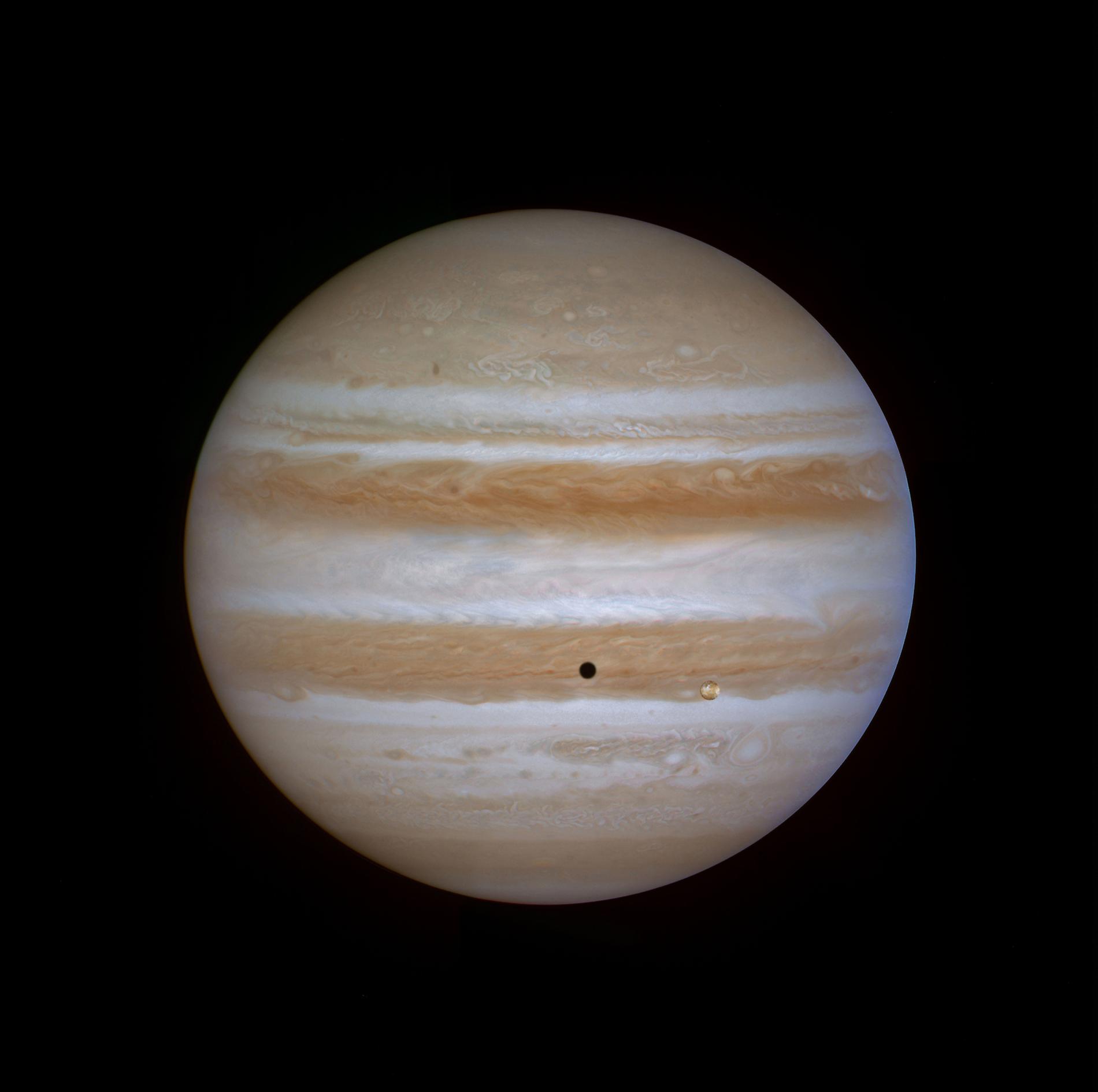
Could you give us a general approximation of how you complete an image from start to finish? On average, how long does it take to finish one?
If we’re talking about SEM images, I’m still establishing a production path to a completed image. But if we’re talking about planetary landscapes, it’s basically not that complicated. All of the raw image data is in black and white, because the spacecraft will typically take multiple shots of a given subject through different filters. Some of which are the traditional red, green, and blue of visible light, others can be well outside the visible spectrum, like ultraviolet or infrared, for example. But until they are processed they’re just black-and-white frames. In order to get a true color image of a planet, which is kind of the baseline if the goal is in fact a color print, the spacecraft has to have taken, at minimum, two images of the target area, through two filters. Let’s say, they are red and blue. In that case, the green filter can be interpolated, or mixed from the red and blue, creating a synthetic green. But ideally, three images are taken. Again, they look like black-and-white images in their original form, but they’ve been taken through filters that can be composited to make an RGB color shot. This can get complicated, because they have to be aligned precisely, and frequently the spacecraft was going faster than a rifle bullet when it took the shots, and so viewing geometries might have changed. So there are various hoops you have to jump through in order to get everything to work correctly, and in many cases the filter combinations are less than ideal, requiring various techniques to get them to produce a reasonably true color shot. So, for example, you might have blue, green, and infrared filters, in which case you can mix the green and infrared to in effect pull the red data back into the visible spectrum.
From there, of course, there is the mosaicking process, which can take quite some time. Some of my images have mosaicked together several hundred individual color shots that were first composited using the above technique. So some of the images truly took weeks of work, or at least, many days.
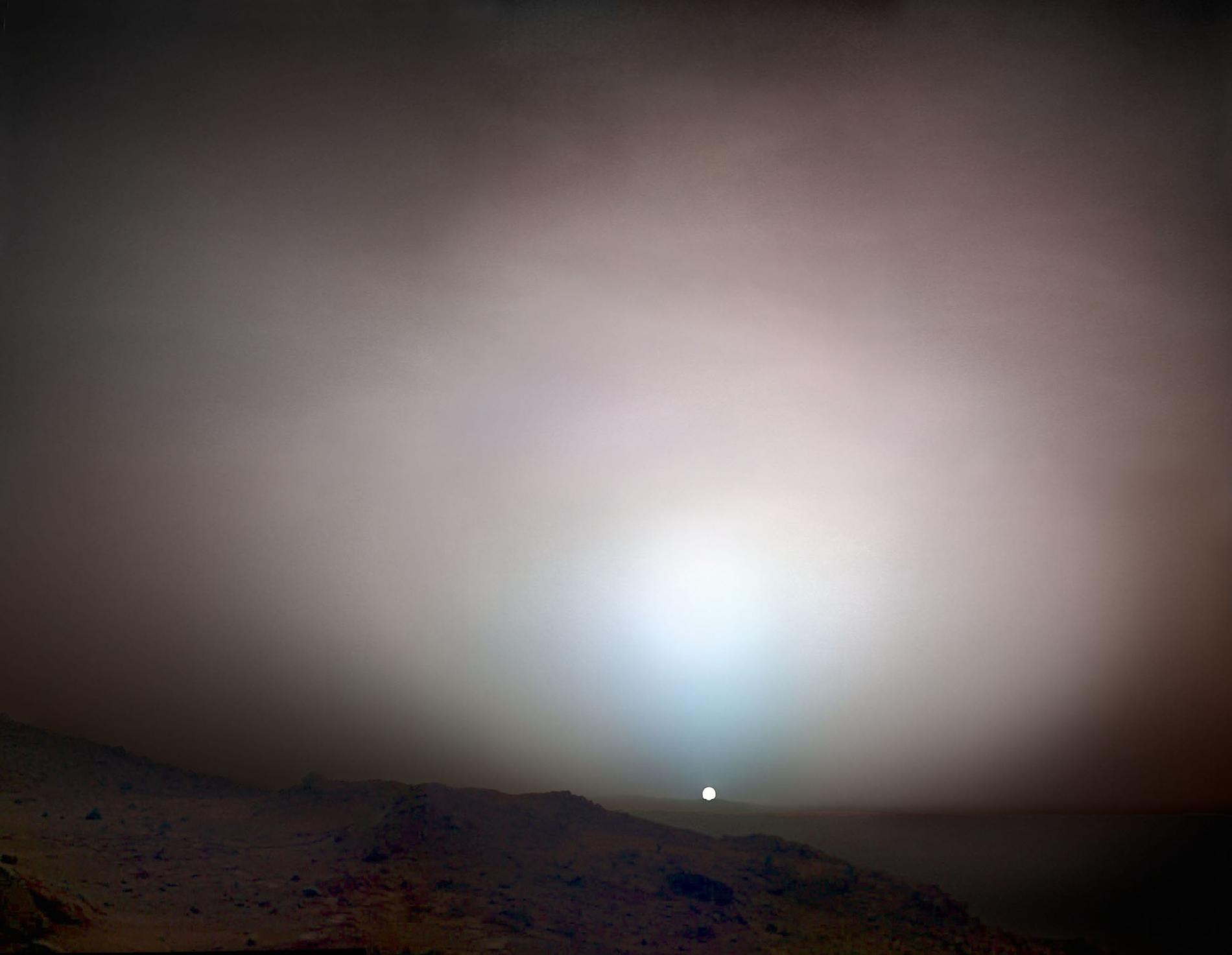
For example, I’d love to know how you approached processing this sunset on Mars.
Well, I became aware of that one through an “official release” from NASA, so I thought it would be interesting to go back to the original source frames and see what’s there and see what I could do with them. And I came up with something that was a bit different, I think, with more detail visible and a somewhat different effect.
That one was particularly interesting because details were visible in some of the frames that weren’t there in others, and also because with each shot the sun was moving a bit, so I could chose my moment. And I found a moment when the sun was setting behind the hills at the rim of Gusev Crater, when you could see details of the ridge-line invisible in the other frames. And I used that as the chosen moment around which the other data could cohere, so to speak.
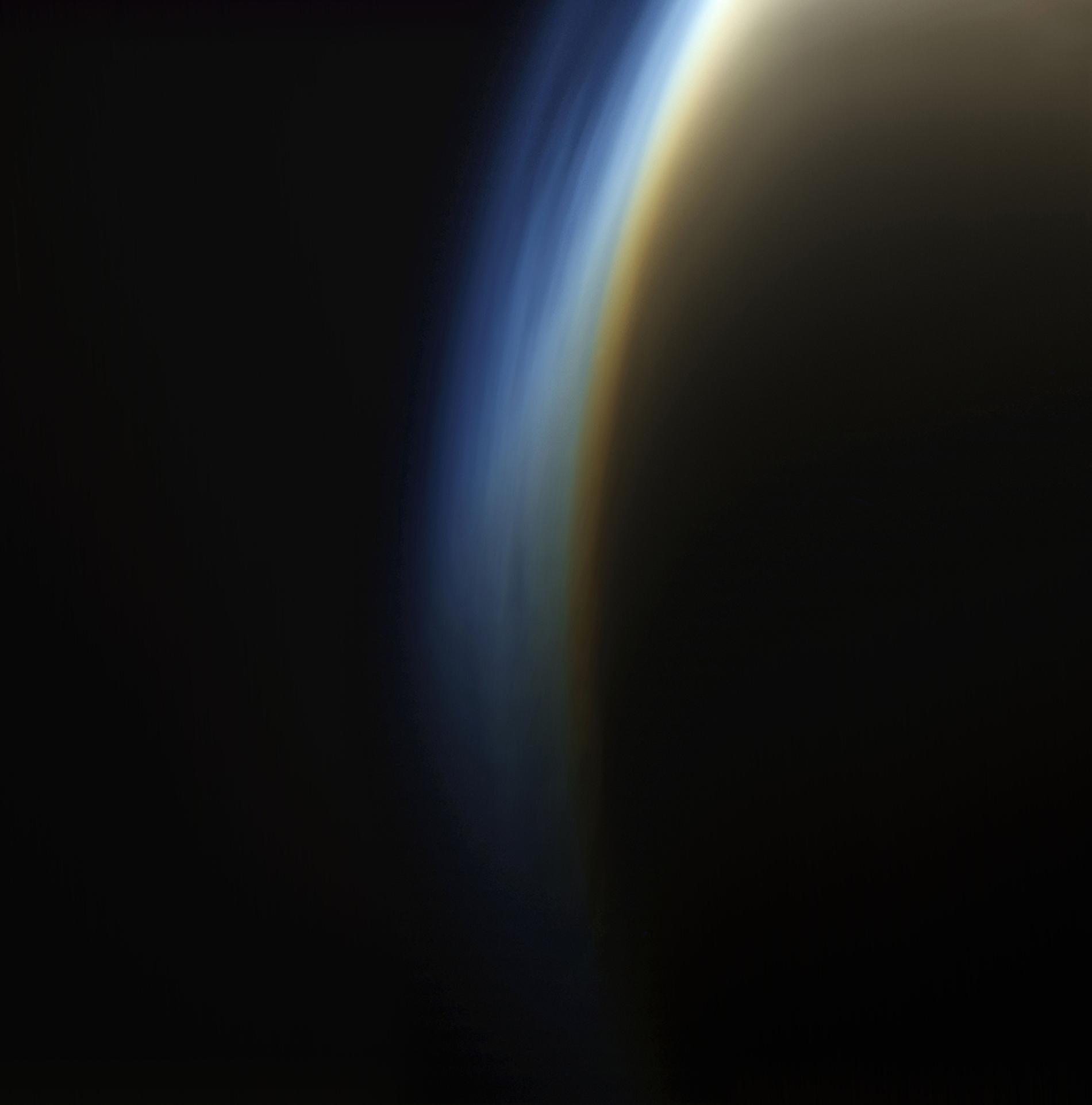
What does this Heisenberg quote mean to your work: “We have to remember that what we see is not nature herself, but nature exposed to our method of questioning.” What importance do you see in contextualizing your work with it?
Well, setting aside certain dubious actions during the war, Heisenberg was of course a genius, and apart from scientific theory he had a gift for putting our situation, as we attempt to understand nature I mean, into clear perspective in simple, easily grasped words. Another related quote that I used in my latest book, Cosmigraphics—which looks at 4000 years of our attempts to represent the universe graphically—is: “Contemporary thought is endangered by the picture of nature drawn by science. This danger lies in the fact that the picture is now regarded as an exhaustive account of nature itself so that science forgets that in its study of nature it is studying its own picture.”
So we’re talking the study of pictures here, right? And that’s an interesting way to look at photography as a genre, and the arts in general. Though, with art we’re trying to get at truths using what in effect are falsehoods. A photograph is just a piece of chemically treated paper, even if it provides a window to somewhere else. So it’s alchemical, it’s kind of an ambassador between reality and us. To use another quote, this one quite famous, Picasso said, “We all know that art is not truth. Art is a lie that makes us realize truth, at least the truth that is given us to understand. The artist must know the manner whereby to convince others of the truthfulness of his lies.”
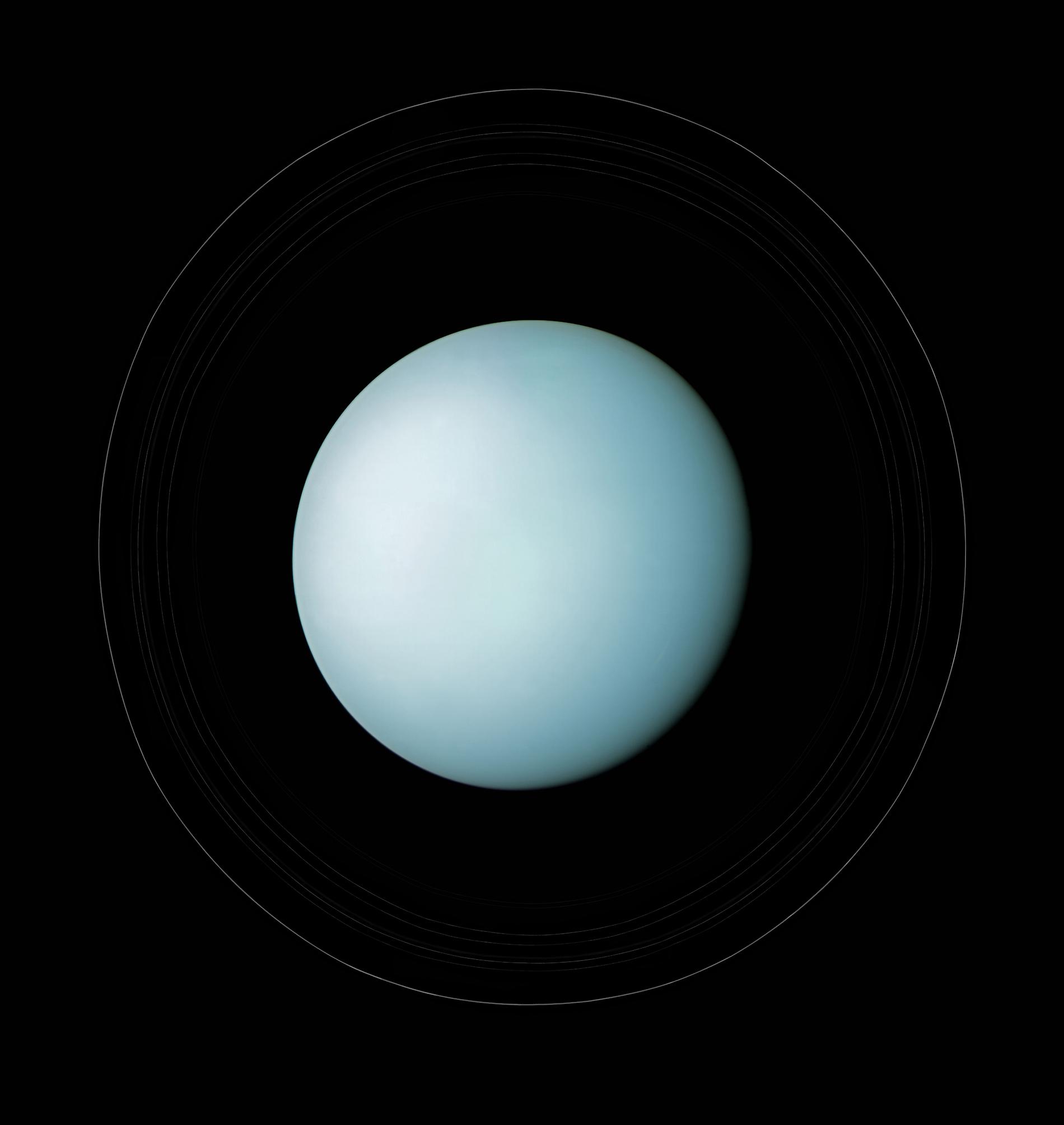
When it comes to these planetary images, there are several levels of disbelief suspension. As soon as we move beyond the Earth and Moon, no human being has ever seen these subjects directly—the images we have are provided by extremely distant, remote-controlled extensions of our optic nerves, so to speak. The most distant cameras ever deployed, in fact. In establishing the color and visual texture of Mars, or Jupiter or Saturn, we rely entirely on the evidence of those robot emissaries—we’re ghosts in the machine. So it’s nature exposed to our method of questioning, pure and simple.
Just as all terrestrial landscape photography is nature, exposed. To our methods.

While looking through all the hundreds of thousands photographs NASA and ESA have taken, you must have developed a system to categorizing your interests. When did you know you had found something compelling? What guided your search?
Oh, I haven’t looked at all of them, god knows, though certainly a large percentage. Usually, it’s just clear when something particularly extraordinary is being captured. With the planetary work, the first-level categorization is provided by the class of object being viewed, be it a moon, gas giant planet, or the sun itself. In other words, these are large and complex subjects, and can be examined with multiple filters, and I don’t only mean camera filters. To be clear, there’s a form of détournement going on here, in the sense that research done as part of Big Science at its biggest, most valuable, and also most expensive—that research is being repurposed. In part, as I already said, to make the case that the visual legacy of 50-60 years of planetary exploration is in fact a significant chapter in the history of photography. But there’s more going on behind the scenes. When the Letterists and Situationists conceived of détournement, it was as a kind of hijacking of meaning, which became a method for creating political pranks. And if you look at my work with planetary images you might at first see an absence of political content, because after all we’re typically a million miles away from any Earth-bound politics. But I would suggest it’s there if you look for it, if, maybe, not in a culture-jamming sense. I mean, in my lifetime we as a species have expanded our space-time field hugely, absolutely vastly. The field in which we operate is simply gigantically larger. And yet this fact is only dimly appreciated by the vast majority of people. Let alone it’s larger implications. And that’s because the data is mostly being channeled down a handful of conduits, it’s trickling towards very specialized research establishments. But it belongs to all of us as a species.
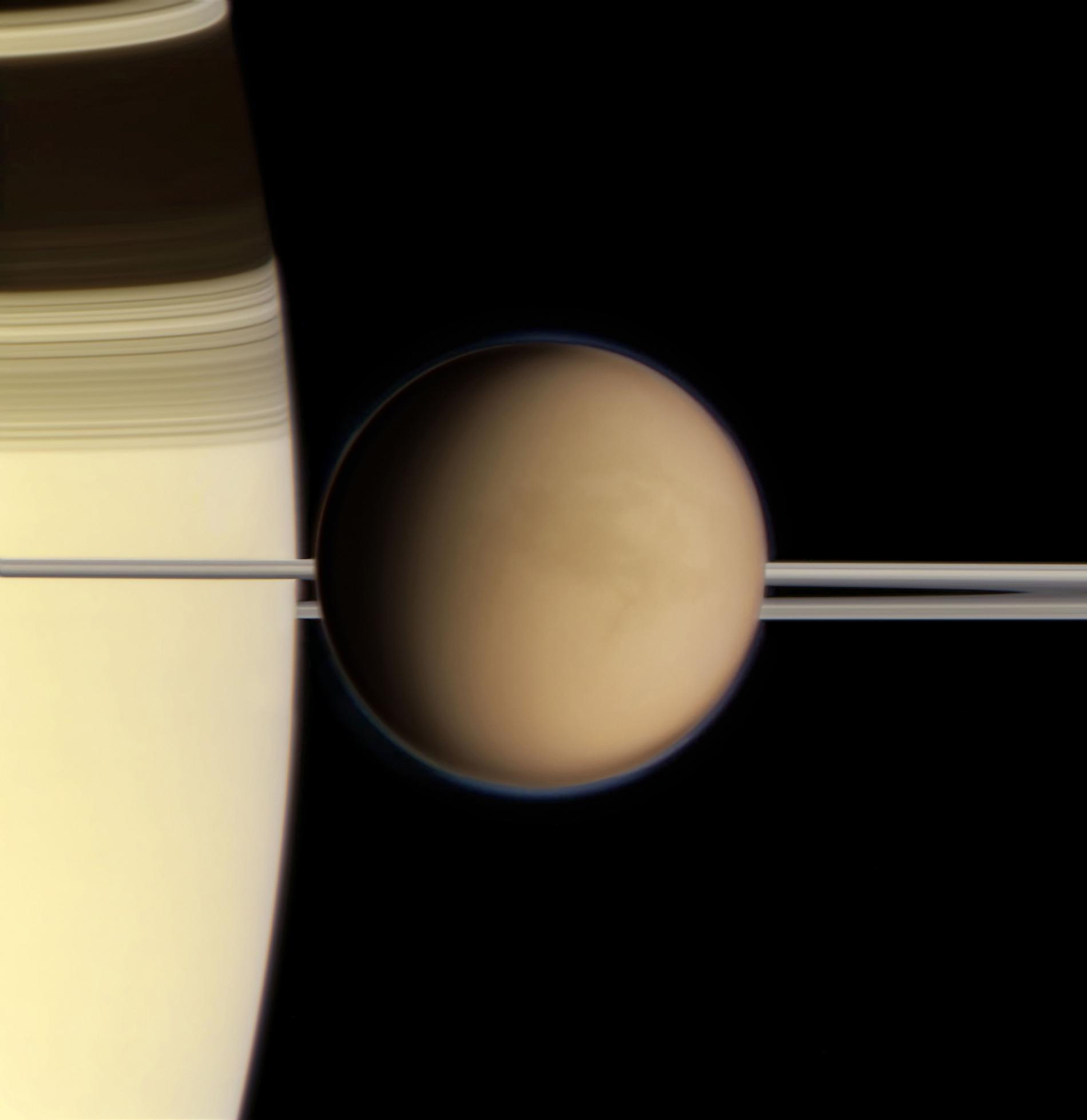
Tim Connor, at the New York Photo Review, made an argument that you might have, either subconsciously or consciously, curated your images to bring attention to the sacredness of life when compared to the dark, cold, and violent infinity of space-time. Would you agree with what he said? What curatorial objectives did you have other than creating something interesting?
Well, I’m not sure it’s for me to say. Because people should bring their own insights to it. Though, I wouldn’t deny that there’s a kind of spiritual component to what I do. By the way life is inconceivable without the crucible of that dark, cold, and violent infinity, which is also bright, and hot, and so forth, at least in places, with all of it together in 13.7-billion-year suspension creating conditions for life here, and almost certainly in countless billions of other places across space-time. As to curatorial objectives, I think it’s important that we look up from our selfies and cities and scandals and beheadings and air strikes and all that, and truly see the far wider horizon that has been opened up to us by our technologies, which we’ve developed over millennia. A horizon above the horizon, so to speak. In fact, our remote sensing also allows us to see how thoroughly illusory the terrestrial horizon is. It’s simply an artifact of our Earth-bound position. Our position glued by gravity onto the surface of a sphere.
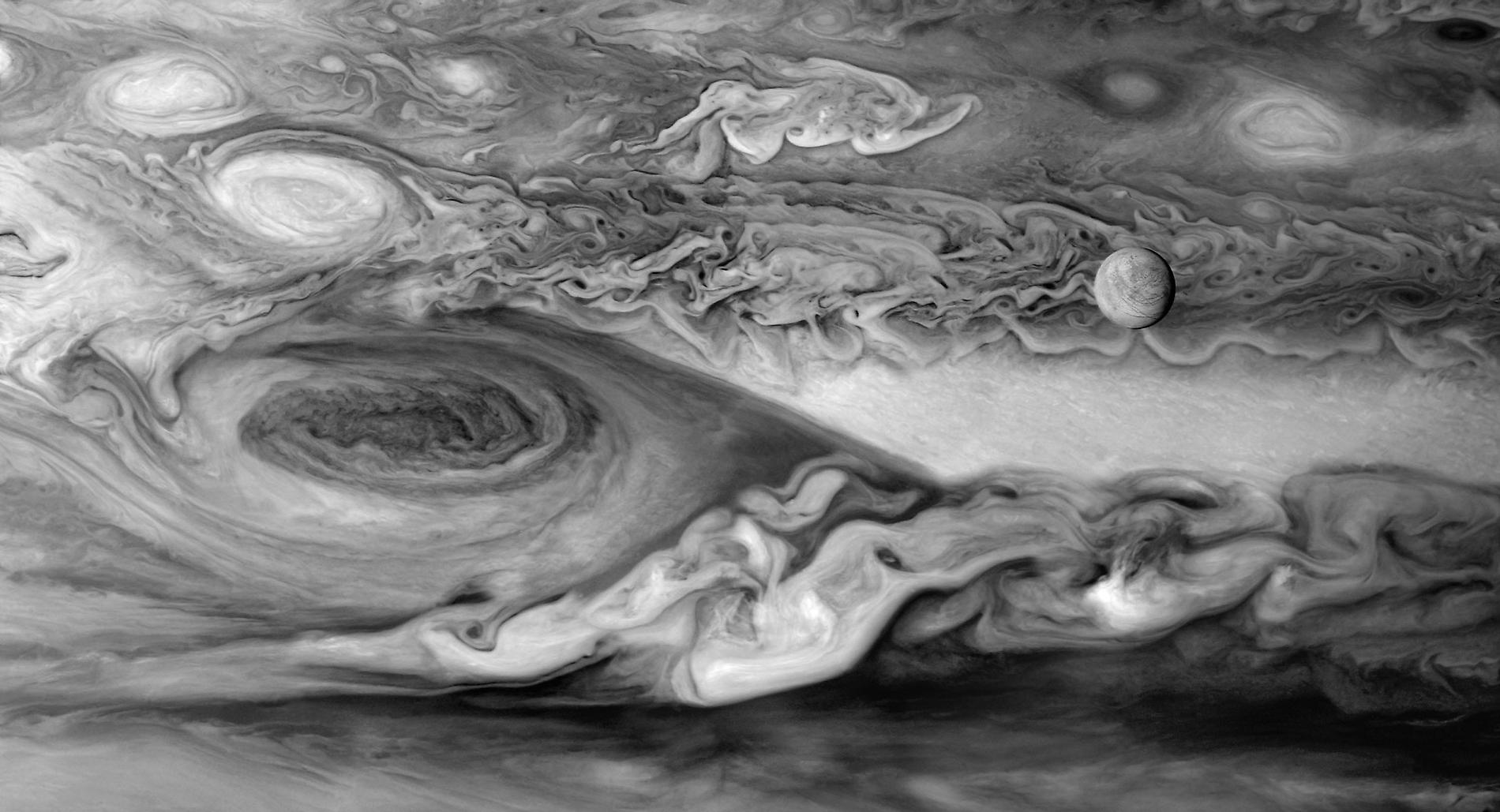
Your vision of these alien environments will forever color how millions of people see the universe. It’s an incredible position to be in. How you ever thought about this? Have any of your images greatly affected you emotionally?
Well, I think millions is an exaggeration, regretfully. But of course I’m glad that Abrams, my publisher, has backed me in these projects. And the same goes for Hasted Kraeutler gallery. By the way, I’m also hoping to have a large museum show in London next spring, though I can’t disclose the details yet.
Have I thought about it? Sure, but my baseline is that first I have to be pleased with the results, and then I can hope others will find what I’m working on as interesting as I do.
Have the images affected me emotionally? Absolutely. I’m not doing this work for abstract reasons. For example, years ago, I was methodically going through innumerable single black-and-white frames taken by Voyager 1 as it flew by Jupiter in 1979, almost flip-book style, when suddenly Jupiter’s moon Europa appeared in a frame, floating in front of the swirling clouds of its parent planet. And then I saw I could assemble multiple frames to create a panoramic composite view of this sight. With the fractured pearl of Europa—really one of the most enigmatic objects in the solar system; I mean Europa’s pure sci-fi, an ice-covered ocean, it’s like Lem’s “Solaris”—suspended in space above raging clouds, I mean it’s hard to explain the excitement of it. It was probably 1 AM in central Europe at the time, I was alone, and staring at the screen. I remembered Keats’ poem, the one with the lines: “Then felt I like some watcher of the skies / When a new planet swims into his ken.” It was amazing.
And you know, various NASA engineers and planetary scientists had gone over the individual frames that I later assembled to make this final composite image. But typically they didn’t have the time or inclination to put those puzzle-pieces together, because they weren’t after expansive views. So I believe I was the first to really see that sight, the first human being to see it in that way. And that’s part of what has driven me to work with these data sets; not just to be the first to see these things, but to transmit them through books and prints so others can see them, too. Planetary scientists go into those archives looking for data that conforms to their work objectives, confirming their theories about Jupiter, or Europa, or Saturn’s rings, or what have you. And I go in for my own obscure reasons, which bear little resemblance to theirs. That’s part of what I was getting at when I used the term détournement before.
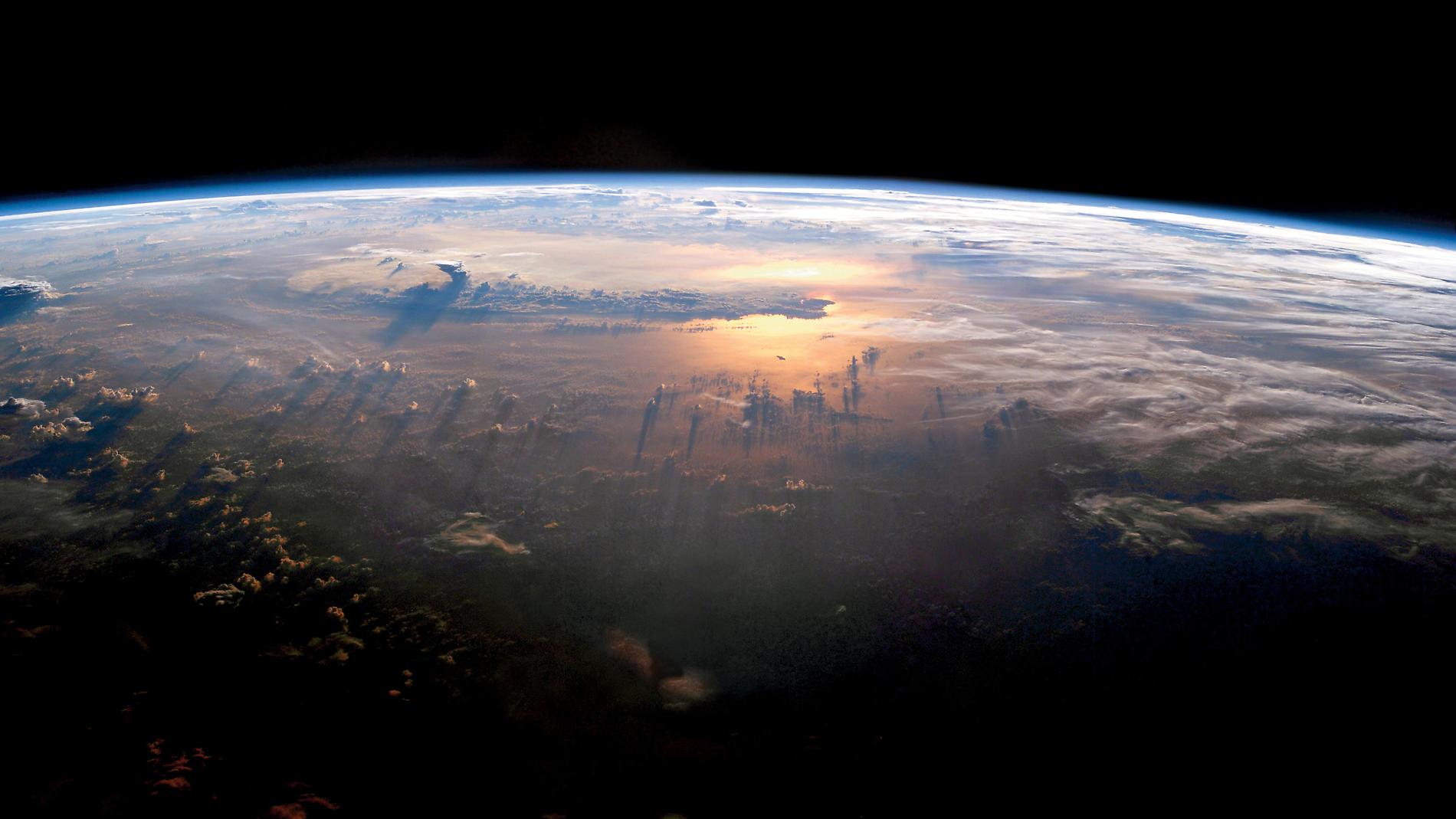
What have you learned in looking through all these images? Any epiphanies? Have you experienced anything close to what astronauts call the overview effect?
Well, I just described one of those epiphanies, but there have been many, actually. And thankfully there are new ones now, with the electron microscope project I’m currently working on, though now I’m getting into microspace. But I think you nailed it, actually, because it’s really all about the overview effect, it’s kind of an echo and extension of that effect. For me the overview effect started with the opening sequence of “2001,” which is to say that Kubrick and Arthur C. Clarke anticipated it by nine months. Because the first time human beings actually saw Earthrise over the Moon was in December of 1968, with Apollo 8. And “2001” came out in April of that year.
Thanks for giving me the space to discuss my work—no pun intended. I appreciate it…!
Check out all of Michael’s work on his website and at the Hasted Kraeutler gallery in New York!

